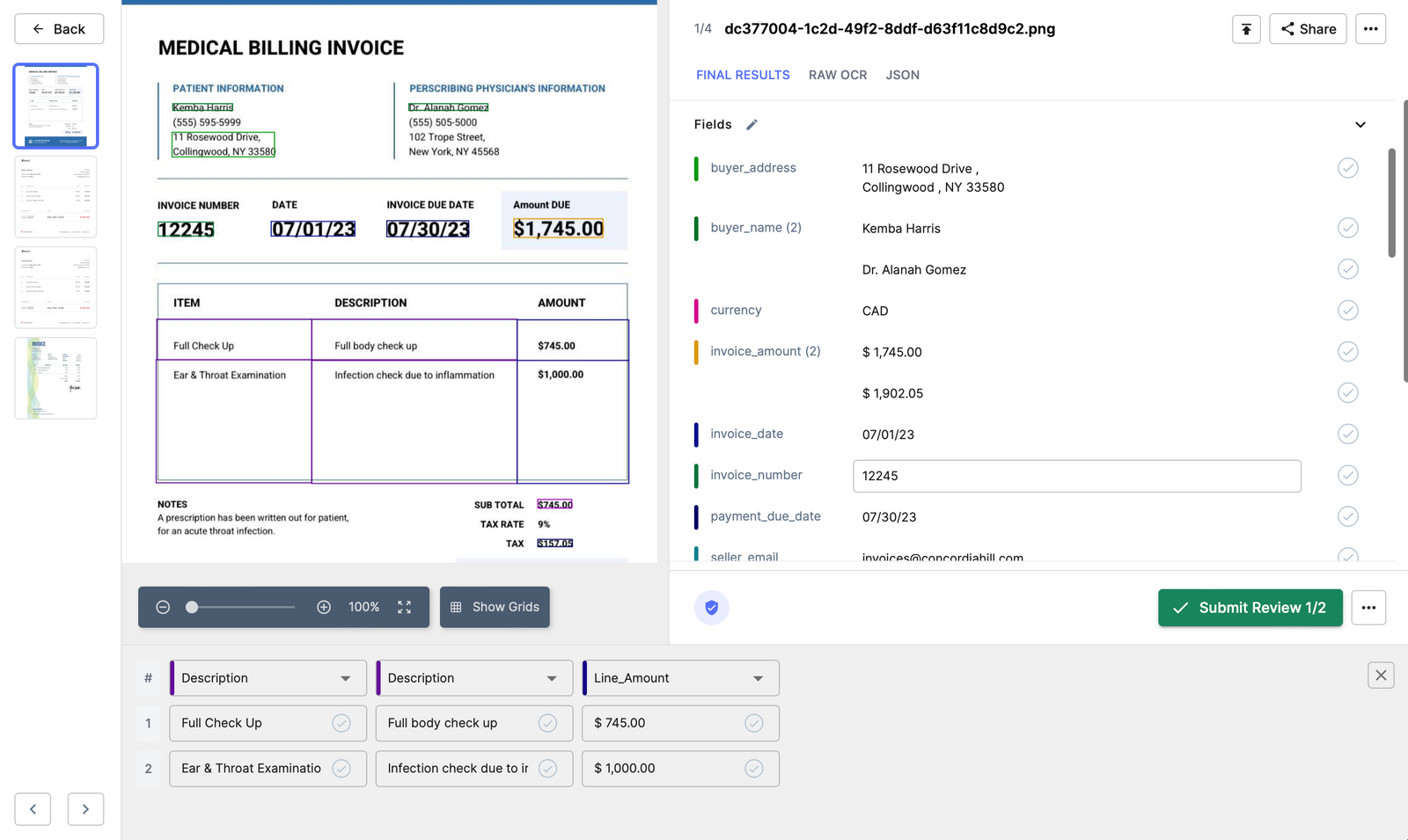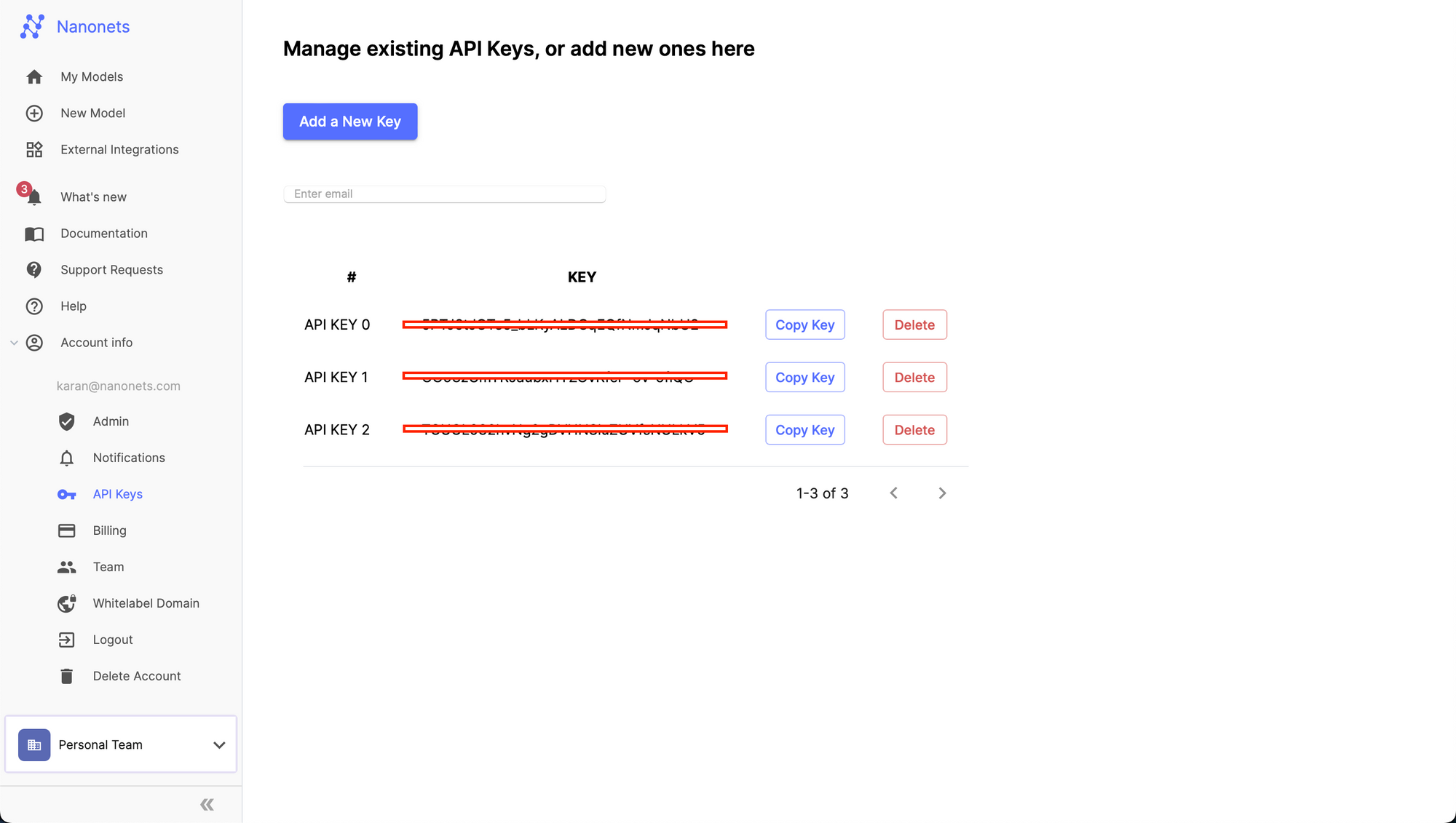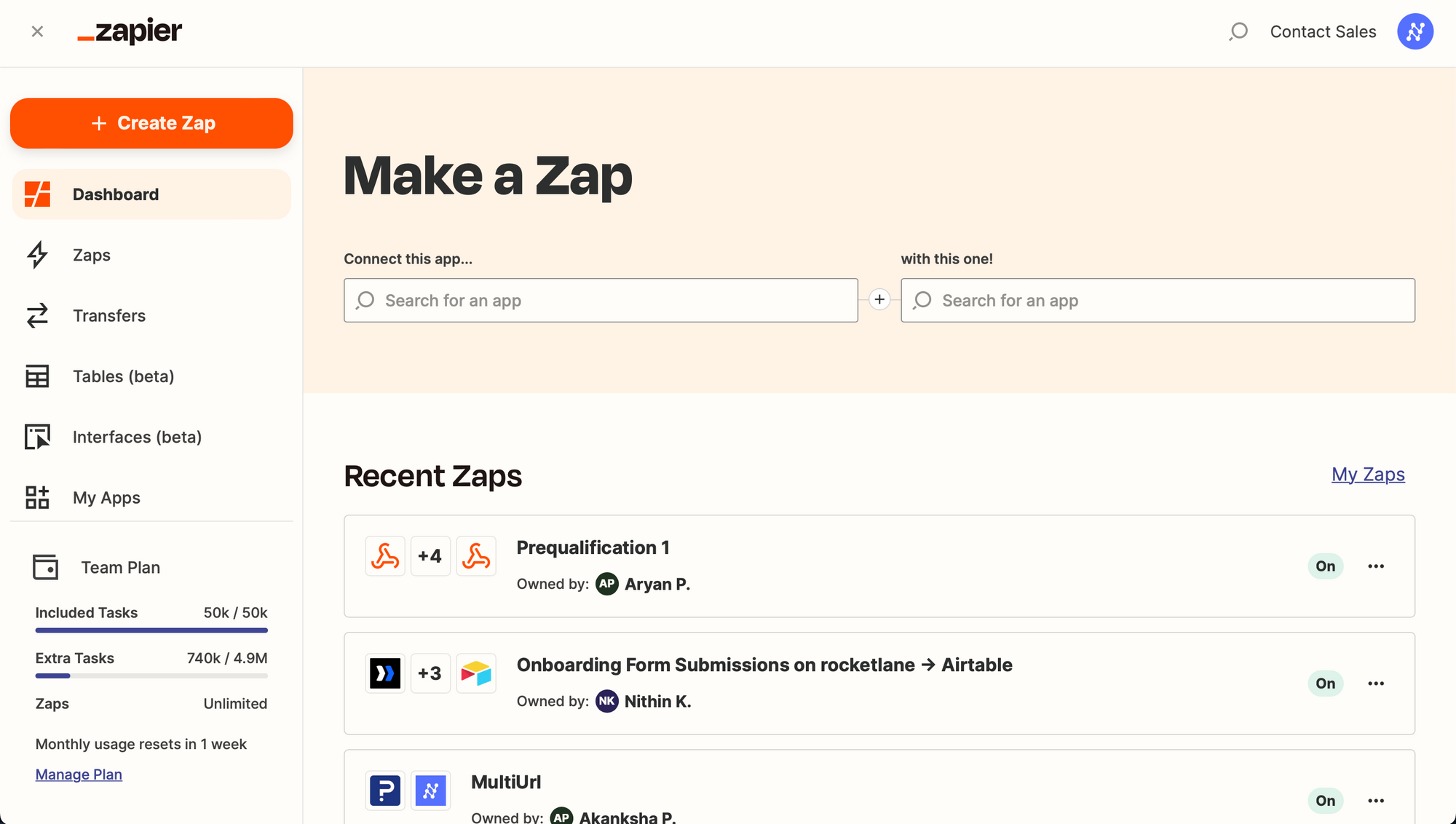Introduction
Zapier is a web-based automation tool that connects applications and simplifies workflow. It enables users to automate repetitive tasks, by “zapping” information between different online services without needing to manually perform the actions.
Through a concept known as “Zaps,” the software allows seamless data integration across multiple platforms such as Gmail, Slack, Dropbox, and many more. A “Zap” is essentially an instruction that triggers a specific action in one application when an event occurs in another.
One key advantage of Zapier is that it requires no coding knowledge. Users can create customized workflows with simple “if this, then that” logic. For example, if an email lands in your Gmail inbox, then a task can be automatically created in Trello.
Furthermore, Zapier supports over 3000 apps, providing immense flexibility in automating tasks across various business domains. These domains include marketing, sales, project management, and customer service.
In a digital environment where efficiency and productivity are highly valued, Zapier is an indispensable tool, empowering individuals and businesses alike to streamline their processes and optimize their time.
Why OCR and Document Data Extraction is needed in Zapier
Optical Character Recognition (OCR) and Document Data Extraction are fundamental technologies that convert different types of data into editable and searchable information. This technology can prove highly useful in a tool like Zapier, an online automation platform that connects various apps together to streamline workflows. The ability to extract and manipulate data from documents would extend Zapier’s capabilities, enabling more complex and intricate workflows.
OCR technology has the potential to transform how data is handled within Zapier. Consider the following scenario: a company receives invoices from vendors via email, which they manually process. This is time-consuming and prone to errors. With an OCR solution, the invoices received could be automatically read and the relevant data extracted and sent to an accounting software, like QuickBooks. This could be automated using Zapier, saving valuable time and minimizing errors.
Document Data Extraction, in turn, goes a step further, by structuring and categorizing the extracted data. For example, suppose the same company also receives various forms, such as customer feedback forms or service request forms, in different formats. Manual extraction of data from these forms can be a tedious process. If Zapier had Document Data Extraction capabilities, these forms could be automatically processed, the data categorized (e.g., customer satisfaction, type of service requested), and then sent to the relevant teams or stored in a database for further analysis.
These technologies could also streamline customer service. Imagine a situation where a company receives a high volume of customer queries via email. Without an automated process, each email would need to be read individually, a laborious and time-consuming task. However, with OCR and Document Data Extraction, the contents of the emails could be automatically read and categorized, facilitating the sorting and response process.
OCR and Document Data Extraction can also be beneficial in managing compliance documents. In a banking or insurance setting, for example, documents containing critical information for compliance checks, like proof of identity or residence, could be automatically processed and validated, speeding up the onboarding process and ensuring no important data is missed.
Adding OCR and Document Data Extraction to Zapier could also facilitate the creation of digital archives. Companies often need to convert paper documents into digital records. Zapier could automate this process, extracting and categorizing data, and sending it to a document management system like Google Drive or SharePoint.
In conclusion, the integration of OCR and Document Data Extraction in Zapier could save countless hours spent on data entry, reduce human error, and allow for more effective data management. Such features could bring Zapier to a whole new level of efficiency and open up fresh avenues for workflow automation. Companies could further capitalize on the digital transformation wave, enhancing productivity and performance.
Examples of OCR based Document Workflows in Zapier
Here are some practical real-life examples of OCR-based document workflows in Zapier made using the Nanonets app.
Invoice Processing: Use Nanonets OCR to read incoming invoices in PDF or image format and extract important details such as vendor name, invoice date, total amount, etc. Then, via Zapier, send this information to your accounting software like QuickBooks, thus automating the entire invoice processing workflow.
Digital Onboarding: Scan new hire documents like identification, licenses, etc., using Nanonets OCR. Extract necessary details and, using Zapier, send this information to your HR management system like BambooHR, making the onboarding process efficient and paperless.

Real Estate Contract Review: Use Nanonets to scan and extract critical information from lease/rent agreements or purchase contracts, such as parties involved, contract duration, payment terms, etc. Then, using Zapier, move this data into your CRM like Salesforce or a project management tool like Asana, ensuring that critical terms are tracked and adhered to.
Medical Document Processing: Scan patient medical records, extract relevant data such as patient name, diagnosis, medications, etc., using Nanonets. Then, integrate with your Electronic Health Record (EHR) system like Epic, Cerner, or a cloud storage like Google Drive, Dropbox via Zapier, making patient record management more efficient.

Expense Management: Scan receipts using Nanonets to extract details like date, amount, tax, vendor, etc., then using Zapier, push this information into an expense management system like Expensify or Concur. This streamlines expense tracking and reimbursement for businesses.
Insurance Claims Processing: Scan and extract data from claim documents using Nanonets. Then, using Zapier, feed this information into your claim management system or CRM like HubSpot, speeding up claim processing and reducing errors.

Educational Certificate Verification: Scan student certificates or transcripts using Nanonets OCR to extract student details, scores, etc. Using Zapier, this data can be moved into your Student Information System (SIS) like PowerSchool or into a database like Airtable for easy access and verification.
Order Fulfillment: Scan and extract details from purchase orders with Nanonets. Then, through Zapier, feed this data into your inventory management system like Zoho Inventory or an eCommerce platform like Shopify, making order processing faster and reducing human errors.
How to set up Nanonets OCR with Zapier
Nanonets OCR as a Trigger

- Choose a pretrained model based on your document type / create your own document extractor within minutes.



- Add Nanonets OCR as the trigger app, and choose the trigger event you want to use.

- Authenticate Nanonets OCR in Zapier using your API key.

- Choose the Nanonets data extraction model you want to use.

- Now that Nanonets OCR is set up on Zapier, you can set up the rest of your workflow based on your specific use case and requirements.
Nanonets OCR as an Action
To use Nanonets OCR as an action, you can follow the same instructions as above except adding Nanonets OCR as the trigger while creating the zap. Instead you can select a different trigger based on your requirements, and add Nanonets OCR as an intermediary step in the Zap workflow.
Nanonets’ Zapier Integration for Automated Document Workflows
In the era of digitization, Nanonets’ integration with Zapier presents a robust solution for automating document workflows. This amalgamation of advanced technologies unlocks remarkable potential for businesses across sectors, streamlining operations and optimizing resource allocation. By leveraging the robust optical character recognition (OCR) capabilities of Nanonets and Zapier’s expansive app ecosystem, organizations can re-envision and automate traditional, manual processes.
What sets Nanonets apart is its powerful OCR engine that not only reads printed text from digital images or scanned documents but also intelligently understands the context. It can extract data from complex documents such as invoices, contracts, ID proofs, receipts, and medical records with high accuracy. This greatly reduces manual effort and the risk of errors, enhancing efficiency and productivity in data extraction and interpretation.
On the other hand, Zapier, a leading automation tool, can connect Nanonets with over 3000+ applications. This allows data extracted by Nanonets to be seamlessly fed into a multitude of different systems like CRM platforms, accounting software, HR systems, cloud storages, and more. Whether it’s populating Salesforce with contract data, feeding invoice details into QuickBooks, or pushing patient information into an Electronic Health Record system, it can all be automated.
The combination of Nanonets and Zapier also provides remarkable flexibility. The workflows can be customized to fit any business process. If you have a unique document processing workflow, it can likely be automated with this duo. Moreover, setting up these workflows doesn’t require a strong technical background or extensive coding knowledge. This democratizes the power of automation, allowing businesses of all sizes and sectors to benefit.
The impact of such automation is not just in saved time and resources, but also in improved business outcomes. By automating mundane tasks, businesses can focus their human resources on more strategic and decision-centric roles. The reduction in errors can enhance customer satisfaction and compliance. It also leads to faster processing times – a boon in industries where speed can be a competitive advantage.
In conclusion, the integration of Nanonets’ OCR capabilities with Zapier’s automation platform is a game-changer for businesses seeking to streamline and automate document workflows. It’s an embodiment of how artificial intelligence and automation can re-engineer traditional business processes, leading to increased efficiency, cost savings, and improved outcomes. As we venture deeper into the digital age, embracing such smart solutions will be instrumental for businesses to stay competitive and agile.
- SEO Powered Content & PR Distribution. Get Amplified Today.
- EVM Finance. Unified Interface for Decentralized Finance. Access Here.
- Quantum Media Group. IR/PR Amplified. Access Here.
- PlatoAiStream. Web3 Data Intelligence. Knowledge Amplified. Access Here.
- Source: https://nanonets.com/blog/ocr-and-pdf-data-extraction-in-zapier/



